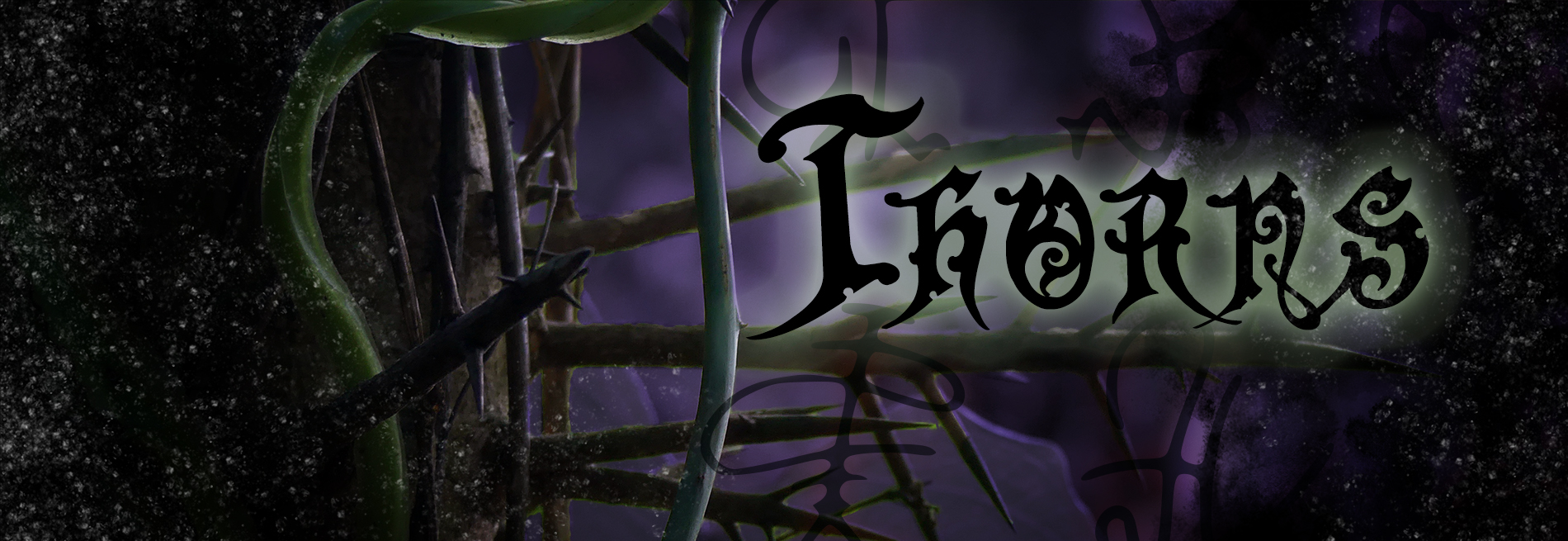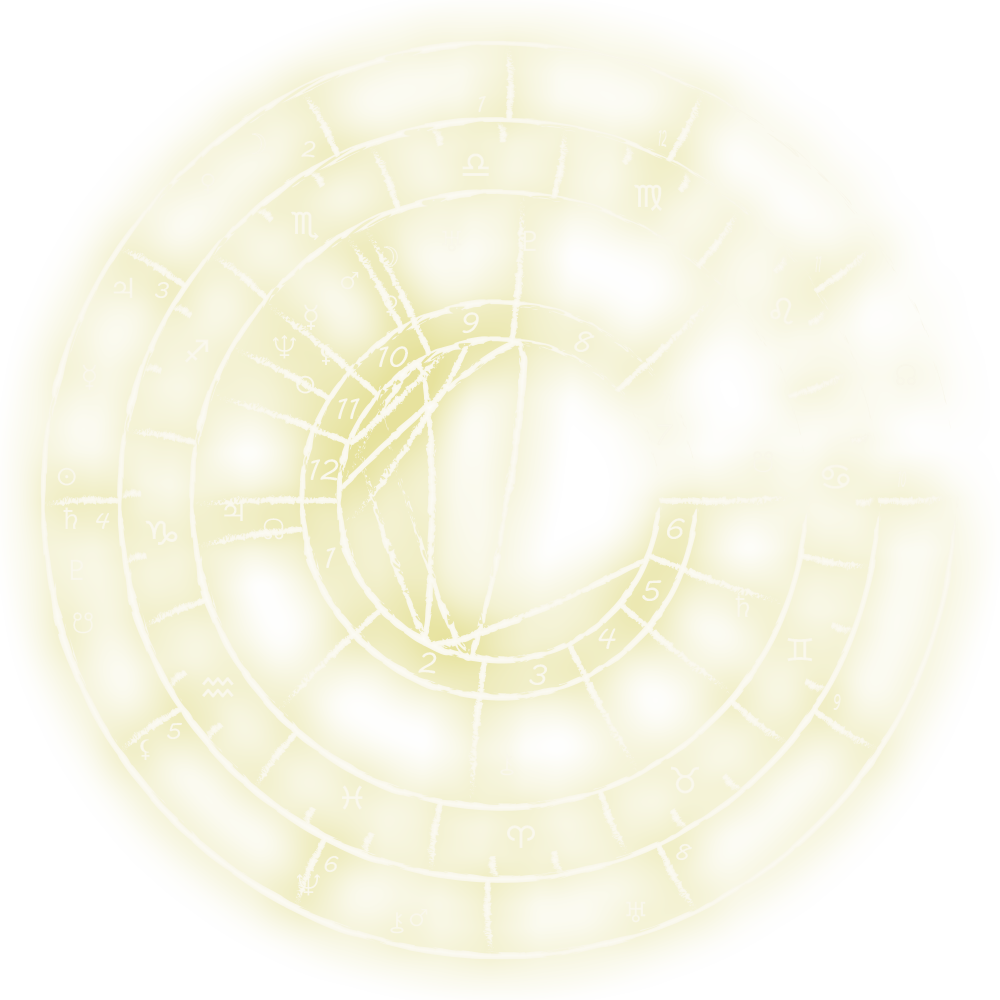Hermetic Magic
Traditionally, this is said to be the laws of magic handed down by Hermes Trismegistus, an entity imagined as a combination of the Greek god Hermes and the Egyptian Thoth; combined with the Christian teachings in medieval Europe. The focus of these traditions lies in knowledge and philosophical reasoning.
Hermetic magic uses several techniques otherwise implemented by adjacent traditions, such as Astrology and Kabbalah. The sympathetic law is central to much of its practice. Information gleaned through other means is used through the law to affect reality.
Corresponaces
At the heart, hermetic magic is about using connections between concepts to gain power over them. Every world corresponds to at least one metal, one colour, one stone, plant, planet, etc. For instance, Ruax is said to be a domain of illusion and mind control, ruled by the planet Mars through Aeris and should be used with willow wood, amber and iron amongst other things. Ruax is opposed by the sign of Libra, the scent of ammonia, and topaz stones. It is possible to use opposing powers together, but in that case, one will always be dominant and still weakened by the other. Each of the signs of the zodiac and each of the planets forms micro-realms of their own. The planets travel throughout the multiverse, seemingly unfettered by the Thicket of Thorns while those of the zodiac are deeply entangled. Hermetic practitioners sometimes use this as a model for both moving about and to have fixed points of reference. Most of the time, they reach these planes through an Astral Projection rather than physically. As the planetary realms move in relation to the zodiacal ones, it affects how magic works and what kinds of magic is the strongest.Similar Traditions
Hermetic magic makes great use of several related traditions, though they are used for symbolism to achieve correspondence and sympathetic links rather than with a focus on their own practice. The most obvious one is probably astrology, but there are heavy influences from Kabbalah. In addition, both Thaumaturgy and Demonology and Demonology provide names to invoke and sigils to use that can further enhance a link to the goals of the practitioner.Basic alchemy is used to prepare materials for rituals as well as determining which materials represents what effects. Judeo-Christian tradition and mythology are integral to hermetic magic. It also borrows heavily from ancient Greek and Egyptian mythology but mostly reinterprets it in light of a Christian perspective. There have been attempts to incorporate other religions or even an atheist perspective, but this often negates the strength of the tradition.History
The basic tenets are laid forth by Hermes Trismegistus in various texts known as the Hermetica, written between 300 BCE and 1200 CE. The tradition truly came into its own during the Renaissance as various older ideas combined with a new and more intellectual approach. Concepts were rapidly developed and spread. The amount of structure this established helped solidify hermetic magic as a reliable tradition.
In modern days, hermetic magic is one of the more popular traditions in the so-called western culture. This is especially true for any societies who can have practitioners join up for rituals.
Execution
Hermetic magic relies on intricate rituals with scientifically rigorous preparations. Sigils are drawn and multiple different tools are used to establish symbolic links to all relevant concepts. Cardinal directions, the basic elements, and the names of various powerful entities (or at least supposed entities) are invoked. Various materials might be burned as incense or placed in symbolic locations. It is possible for several practitioners to join forces, making it easier to produce stronger effects more reliably.



Comments